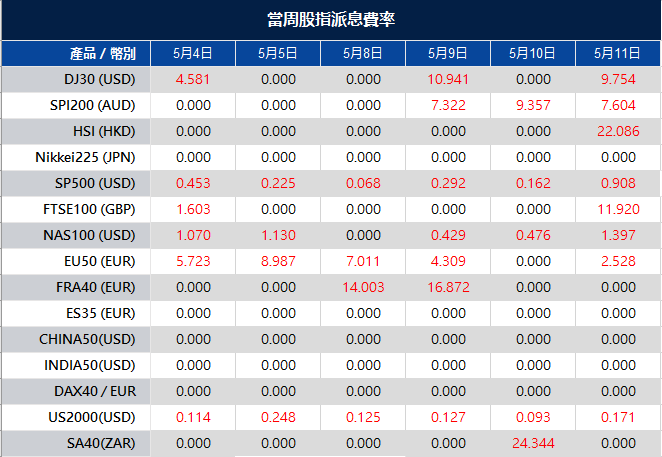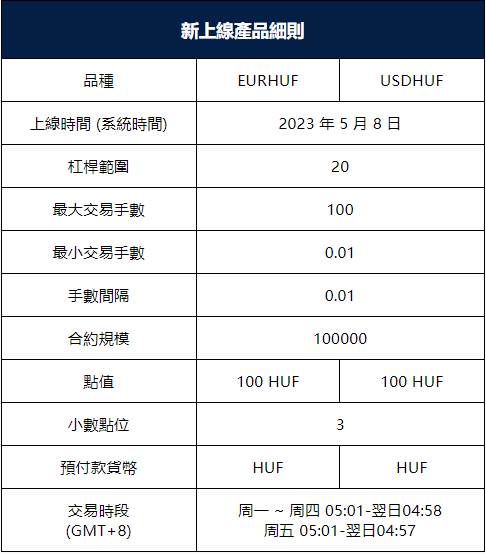What is the U.S Consumer Price Index (CPI)
The U.S Consumer Price Index (CPI) is a measure of the average change over time in the prices paid by urban consumers for a market basket of consumer goods and services. The CPI is widely regarded as one of the most important economic indicators in the United States as it measures the rate of inflation, which is a key factor in determining the state of the economy. The CPI is compiled monthly by the Bureau of Labor Statistics (BLS) and is used by policymakers, economists, and investors to track changes in the cost of living and make informed decisions.
What are the various categories of Consumer Price Index (CPI)
The Consumer Price Index is comprised of various categories, each with its own weight in the overall index. The major categories of the CPI include food and beverages, housing, apparel, transportation, medical care, recreation, education and communication, and other goods and services. The weights assigned to each category reflect the relative importance of each category in the spending habits of consumers. For example, housing typically has the highest weight in the index, reflecting the fact that it is the largest expense for most households.
Why is the CPI important
The CPI is important because it is used to monitor inflation, which is a key economic indicator. Inflation can erode the value of money and impact the purchasing power of consumers. As such, policymakers use the CPI to make informed decisions about monetary policy, including setting interest rates. Investors also use the CPI to monitor inflation and adjust their investment strategies accordingly. Additionally, the CPI is used to adjust payments for various government programs, such as social security and other entitlements.
What goes into the Consumer Price Index
The CPI tracks the prices of a wide range of goods and services, including food, housing, clothing, transportation, medical care, recreation, education, and communication. The index includes more than 200 categories of goods and services, which are further divided into subcategories.
For example, the food category includes subcategories such as meat, dairy, fruits and vegetables, and nonalcoholic beverages. The housing category includes subcategories such as rent, homeownership costs, utilities, and household furnishings.
The transportation category includes subcategories such as gasoline, public transportation, and vehicle insurance. The CPI also considers the frequency of purchase and the relative importance of each item to the average household. The Bureau of Labor Statistics, which is responsible for compiling the CPI, surveys thousands of households to determine their spending patterns and then uses this information to weight the various goods and services in the index. The resulting CPI is a valuable tool for policymakers, businesses, and consumers in understanding inflation and making informed decisions about the economy.
Where can you find the Consumer Price Index
The Consumer Price Index is released by the Bureau of Labor Statistics monthly. The release schedule for the CPI is typically announced several months in advance and is available on the BLS website. The CPI is also widely reported in the media and can be found on numerous financial news websites. Additionally, investors and economists often track the CPI using specialized software and data services, which provide more detailed analysis of the index and its components.























